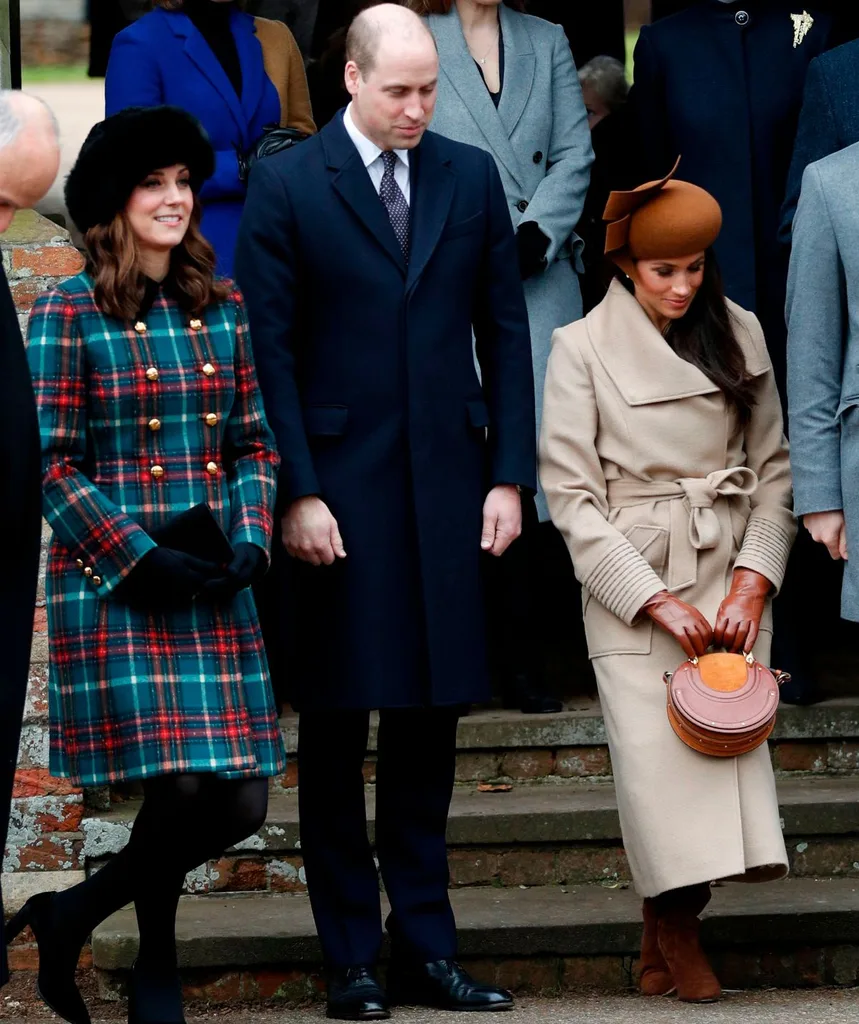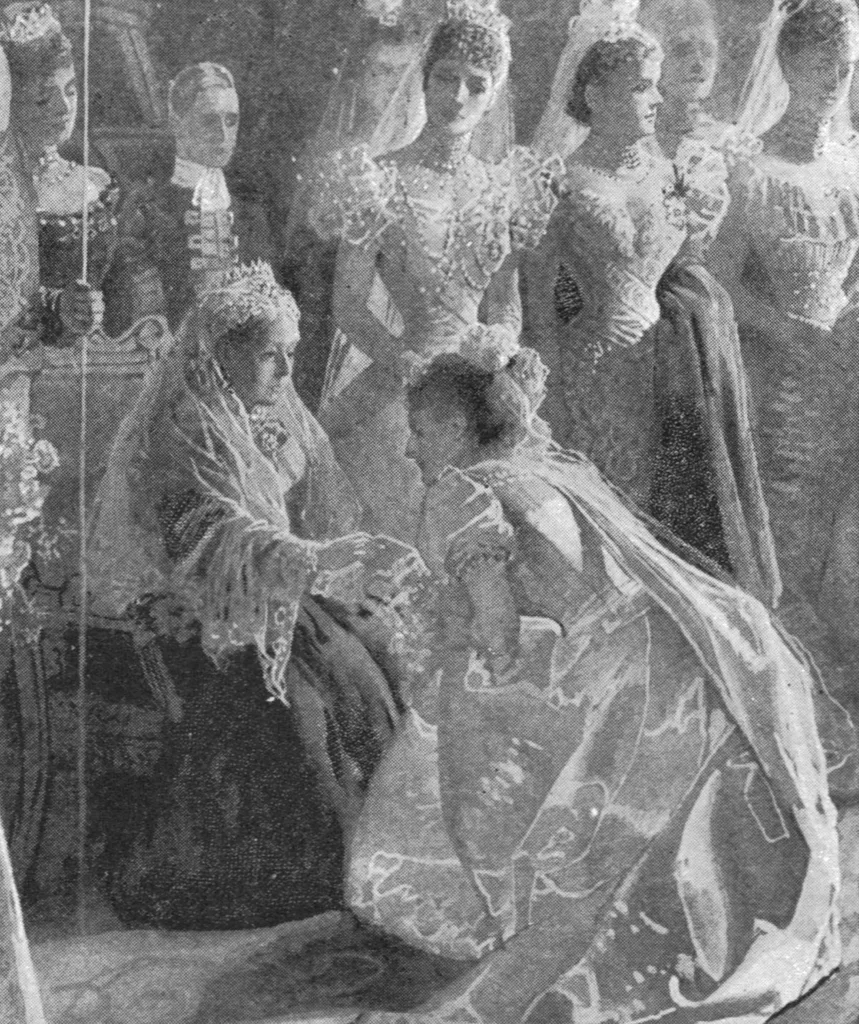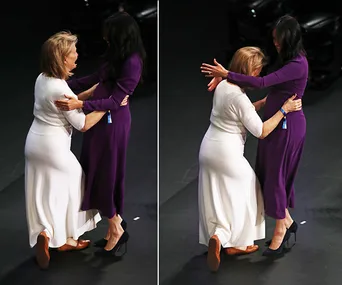Whilst there are plenty of royal rules and traditions followed by the British Monarchy, perhaps the most intriguing of them all is the act of the curtsy.
Whilst us ‘average folk’ are quite happy to greet others with a smile, wave – or for someone you really like – a hug, the British and European royals have a different way of doing things, by instead bending at the knees… However, not all royals do it, and not in every situation.
So what are the procedures that come into play when a duchess comes across say, a royal with the title of Lady, when at a public engagement?
From the history, to the rules, to which royal family member curtsies to which royal, here’s everything you need to know on the curtsy.

Princess Catherine and Duchess Meghan have both perfected the curtsy.
(Image: Getty)The history of the curtsy

A guest curtsies to Queen Victoria in the drawing room at Buckingham Palace on May 11, 1897.
(Image: Getty)Prior to the curtsy, which can be spelt curtsey, the act of respect was a bow, as men still do to this day. It was in 17th century when the difference between the female and the male gesture developed.
Historically, both males and females bowed and curtsied at all times when greeting people who are of higher rank than they are, but today this practice has become less common, as it is mainly only seen within royal circles in the twenty first century.
You may be interested to know that the word “curtsy” is shortened from “courtesy”, as the bending of the knees can be seen as courteous behaviour.
The rules of the curtsy
The main – and obvious rule – is that if you’re a male, you are not required to perform the act, as royal protocol dictates only women need to perform the gesture. Men instead bow.
If you’re a British or European female royal you’ll be getting your bob on to anyone above you in the social rank, as the gesture is seen as the ultimate mark of respect.
The politics behind who curtsies to who in the royal family could be presumed to be quite complicated, with a number of different titles including duchess, lady, count an countess, in the mix.
The one concise rule is that all members of the Royal Family are required to bow or curtsy to King Charles and Queen Camilla.
But what is unclear is who Catherine, Princess of Wales, Sophie, Duchess of Edinburgh, and Meghan, Duchess of Sussex have to curtsy for, as they are not of royal blood.
In 2011, after Catherine married Prince William, The Queen reportedly updated the Order of Precedence document and this resulted in the protocol of females that marry into the British monarchy curtsying to “blood princesses” including the daughters of the Duke of York, Princesses Beatrice and Eugenie, who are below her in pecking order.
However, this rule does not apply if they are accompanied by their husbands.
Since the passing of Queen Elizabeth in September 2022, the current rulings on curtsying – whether they’re the same or have changed under the reign of King Charles – has not been made clear.

Sarah, Duchess of York has always been known to go very low on her curtsies.
(Image: Getty)But, what about us non-royals, what would we do if we were to ever meet a member of the British monarchy?
Surprisingly, it is up to each individual, as the official website for the British Royal Family states: ‘There are no obligatory codes of behaviour when meeting The King or a member of the Royal Family, but many people wish to observe the traditional forms.’
Want to know how to curtsy in case you find yourself in the presence of royalty?
Zarife Hardy of Australian School of Etiquette, told Now To Love, that “The royal curtsy is one foot behind the other and the deep and the longer you stay down shows more respect.”
To take the curtsy to the next level, the girl or woman bends the knees outward (rather than straight ahead), and sweeps one foot behind her.
.png?fit=900%2C553)


.jpg?resize=760%2C608)
